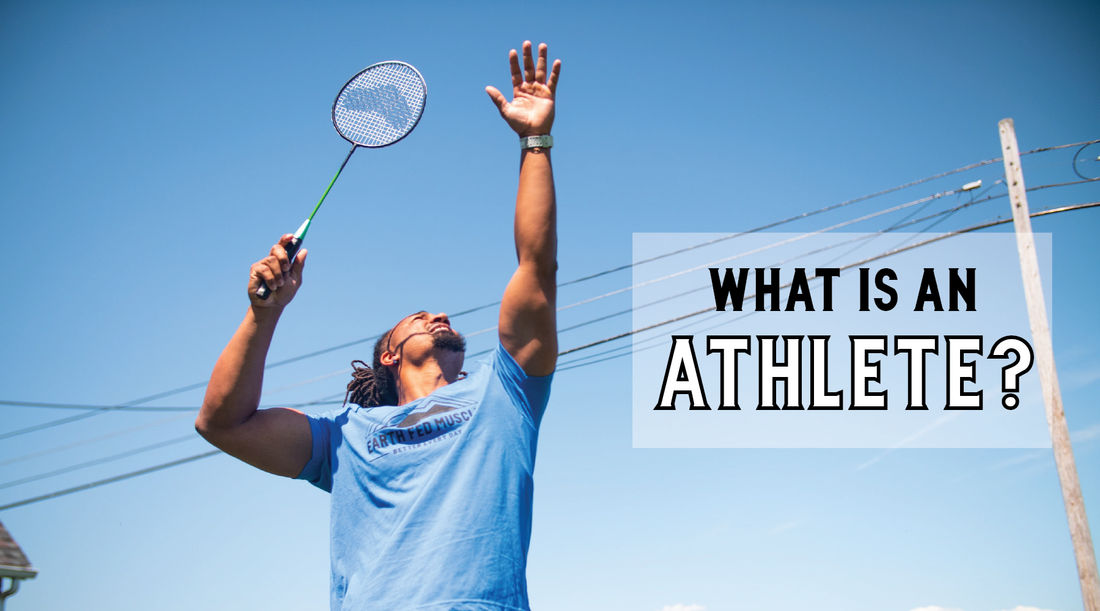We all know what a good athlete looks like. Tall, clearly muscular, and powerful enough to wow us with their every move…right? Actually, that may not be the entire picture. The definition of “athletic” is often much wider than people consider. There are numerous skills required for success across sports. Often, those skills are less visible to the naked eye than a 6-pack or a 4.3 second 40-yard dash, leaving some athletes the butt of jokes. However, most professional athletes have at least some of the athletic characteristics their sport calls for. Skills like reaction time, hand-eye coordination, and mental focus all play a role in sports.
First, we should acknowledge that, for most professional sports, there is a very high baseline of physical fitness. Even your average NFL lineman, standing around 6’5” and weighing about 315 pounds, may not look the part of the lean, ideal athlete, but still has ridiculous lateral quickness and power. Having the necessary baselines of strength, flexibility, and explosiveness will get you very far as an athlete in almost any sport.
However, one of the most critical components to understand about any sport is what the true required skills are. Let’s compare two Earth Fed Elite athletes: Olympians Kat Holmes and Sam Mattis. Both have approached the peaks of their respective sports, and no one could claim either is unathletic–but the requirements of their sports differ somewhat. Holmes, an Olympic fencer specializing in épée, certainly needs to be fit in order to compete at the highest level. However, her sport also requires high reaction times and hand-eye coordination. Further, there is a high level of mental strategy involved in fencing; it has even been referred to as “the chess of swords”.

On the other hand, there’s Sam Mattis, the 8th place finisher in the Men’s discus at the Tokyo Olympics. As a discus thrower, Sam also needs a high level of physical fitness. Both fencing and throwing require excellent kinesthetic awareness, or our sense of how and where our body is moving. Much like fencers, discus throwers need to be able to stay on balance while moving through space at high speeds. Compared to fencing, however, discus throwers have to push these qualities to the extreme. Throwers aim for legendary levels of strength in order to maximize their ability to throw a standardized object as far as possible. Without fencing’s elements of gamesmanship, oftentimes the mental battle in an individual sport like discus is completely internal. Both Holmes and Mattis are definitely athletes, and they’re both definitely elite. But the requirements of their sports mean that their training will likely look pretty different.

Finally, let’s look at a more extreme example within a single sport. Tiger Woods is recognized as one of (if not the) greatest golfers of all-time, as well as a consistent feature on lists of top athletes ever. John Daly, on the other hand, has always been as well-known for his off-course antics as his golf skill. In his prime, Woods was something of a physical machine, which contributed to his stay at the top of the golf game. While Daly was more known for his issues with alcohol and gambling, he won 2 Majors in his career. This shows that, twice in his career, Daly was among the top two to three golfers in the world.

While there are obvious benefits to Woods’ approach of crafting his body as well as his sport-specific skills, Daly clearly had what it took to succeed from a golfing perspective. In order to reach that level of play, a golfer has to have extremely dialed-in technique, movement pattern awareness, and mental focus. Research has even shown that elite athletes drill their skills so much that when asked to imagine completing their sport, they do it with significantly less neural effort than when asked to imagine completing another sport. Basically, their brain has created a smooth groove in the neural pattern for their sport’s motions, requiring less mental effort for the movement patterns. This had to be true for both Woods and Daly, and both also needed elite mental focus. Golf tournaments require precision and focus for several hours each day for up to 4 days in a row. Combine that with the situational pressure of putting for a Major win on the 18th hole, and you can start to understand just how much of an athlete John Daly was. Daly may not have physically presented as an elite athlete, but he clearly was one for large chunks of his career.

When most people picture athletes, they conjure up images of strength and speed. It is important for athletes to have a good baseline of physical fitness, but there are so many other skills that are required for athletic excellence. Different sports ask different challenges of the mind and body, and so many of the skills elite athletes display aren’t immediately visible to the eye. Skills like hand-eye coordination, power output, and mental focus are all required at different levels for different sports. Whenever you assess a sport or an athlete, it’s critical to understand what skills the sport asks for, and look at who is maximizing those, or how you can maximize them for yourself.
